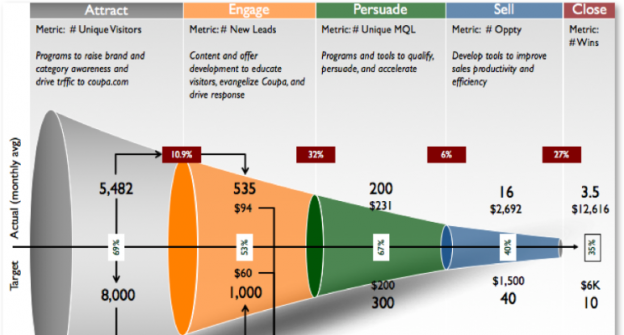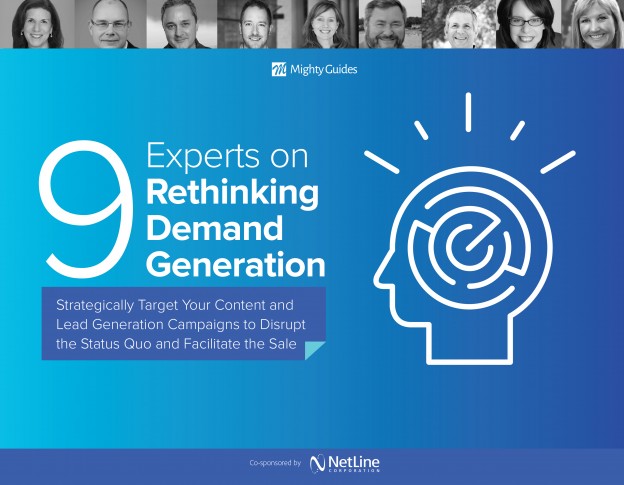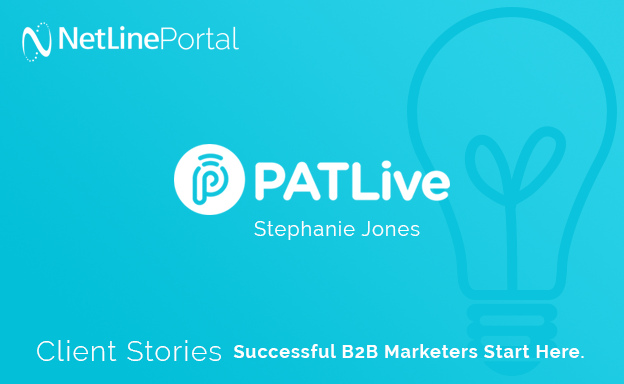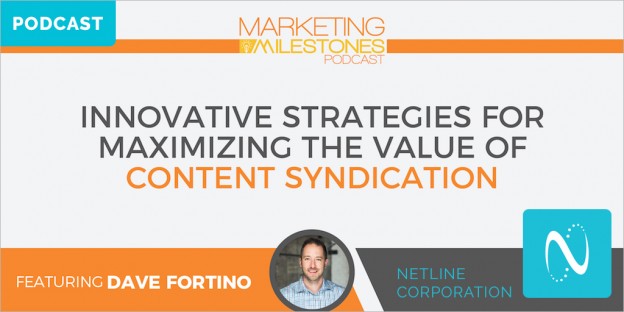Marketer Showcase: Valerie Riley of ITProTV
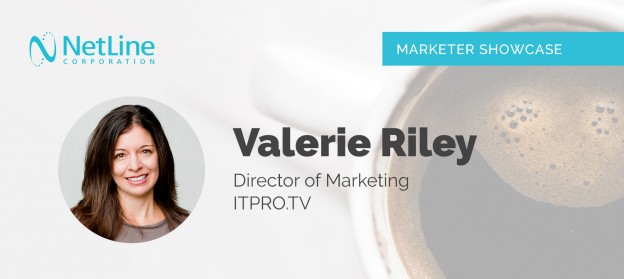
Living proof that you can be an excellent marketer without caffeine We are kind of obsessed with talking about content syndication, but here – we pass the mic. The Marketer Showcase feature on the NetLine Blog highlights some of our fellow marketers. In this feature, we pick the brains of content warriors to discover who […]
